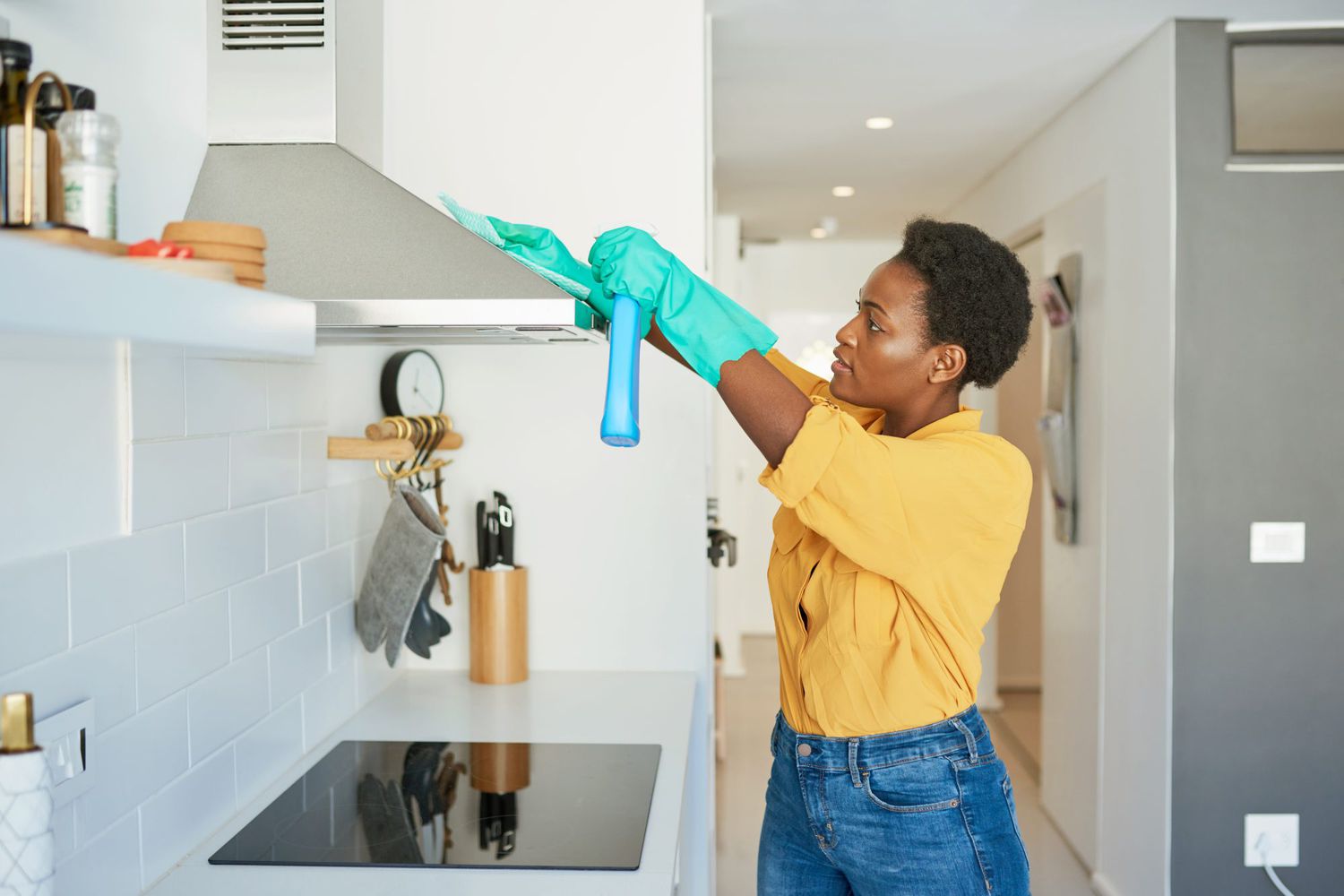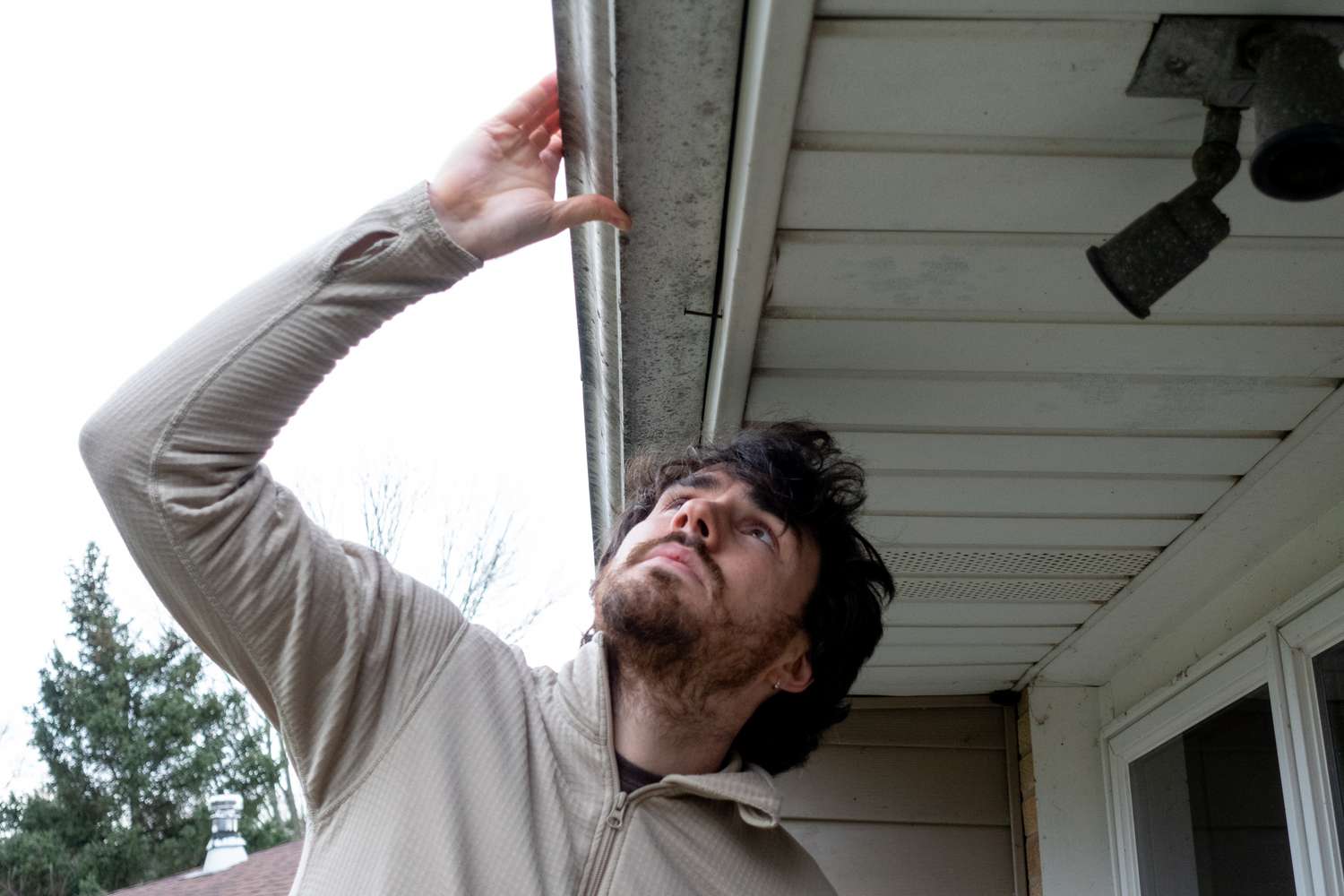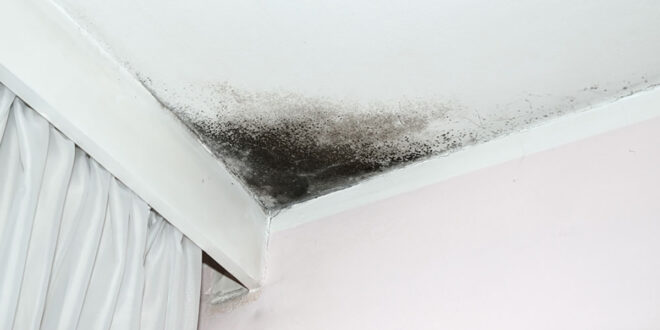Mold—an unwelcome guest in many homes—often lurks in the shadows, thriving in damp and undisturbed corners. Its presence can be elusive, often going unnoticed until it’s too late.
Understanding how to spot mold in your living space is essential for maintaining both the integrity of your home and the health of those who inhabit it. Whether it’s the faint musty odor that seems to linger no matter how much you clean or the dark patches appearing on your walls, mold can take various forms.
Each small sign can signify a larger problem waiting to be addressed. In this article, well explore essential tips and techniques to help homeowners confidently identify mold, ensuring your sanctuary remains safe and sound.
With a keen eye and a bit of knowledge, you can protect your home from the harmful effects of mold, preserving both your environment and your peace of mind.
Key Indicators of Mold Presence

When it comes to identifying mold in your house, several key indicators can signal its unwelcome presence. First, look for any visible stains or discoloration on walls, ceilings, or floors; these often appear as unsightly black, green, or even white patches, hinting at moisture issues lurking beneath the surface.
Additionally, a musty odor can serve as a telltale sign—if you catch a whiff of something reminiscent of damp earth or decay, it may be time to investigate further. Pay attention to areas prone to humidity, such as bathrooms, kitchens, and basements, where leaks from plumbing or condensation create the perfect breeding ground for mold.
Lastly, if you or your family start experiencing unexplained allergic reactions—like sneezing, coughing, or skin irritation—around certain spaces in your home, it’s crucial not to ignore these symptoms; they could very well indicate an underlying mold problem that demands immediate attention.
Preventing Mold Growth in Your Home

Preventing mold growth in your home requires diligence and a proactive approach. First and foremost, keep humidity levels low—ideally between 30% and 50%—by using dehumidifiers and ensuring proper ventilation, especially in areas like bathrooms and kitchens.
Additionally, promptly address any leaks or water damage, as even the smallest puddle can become a breeding ground for mold. Regularly inspect your home for condensation, particularly around windows and pipes, and remember to clean and dry any wet surfaces within 24 to 48 hours.
Make it a habit to clear gutters and downspouts, directing water away from your foundation, and don’t overlook the importance of quality insulation to combat temperature fluctuations. Finally, a little bit of routine housekeeping—like dusting and vacuuming—can go a long way in reducing mold spores and fostering a healthier breathing environment.
By embracing these steps, you can significantly lower the chances of mold making an unwelcome appearance in your home.
Responding to Mold: Cleanup and Remediation

Once you’ve detected mold in your home, taking swift action is imperative to prevent further spread and ensure a healthy living environment. Begin by putting on protective gear—gloves, goggles, and a mask—to shield yourself from potential spores.
For small infestations, a mixture of water and mild detergent may suffice for cleanup, allowing you to scrub the affected areas thoroughly and eradicate surface mold. However, when faced with extensive contamination, it’s wise to consult professionals who specialize in mold remediation.
They possess the expertise to handle stubborn infestations safely and effectively. Additionally, addressing the underlying moisture issue—whether it’s a leaky roof, plumbing issue, or high humidity—is crucial; otherwise, the mold is likely to return, transforming your home into a never-ending battle with an unwelcome foe.
Remember, a proactive approach today can save you from costly repairs and health risks tomorrow.
Conclusion
In conclusion, recognizing the signs of mold in your home is crucial for maintaining a healthy living environment. By being proactive and attentive to areas prone to moisture, homeowners can minimize the risk of mold growth and its associated health hazards.
Regular inspections, proper ventilation, and prompt remediation are key strategies in effective mold prevention. If you suspect a significant mold problem, don’t hesitate to reach out to a professional Mold Inspection Company to ensure thorough assessment and remediation. By taking these essential steps, you can protect your home and safeguard the well-being of your family.
 Alternative News
Alternative News




